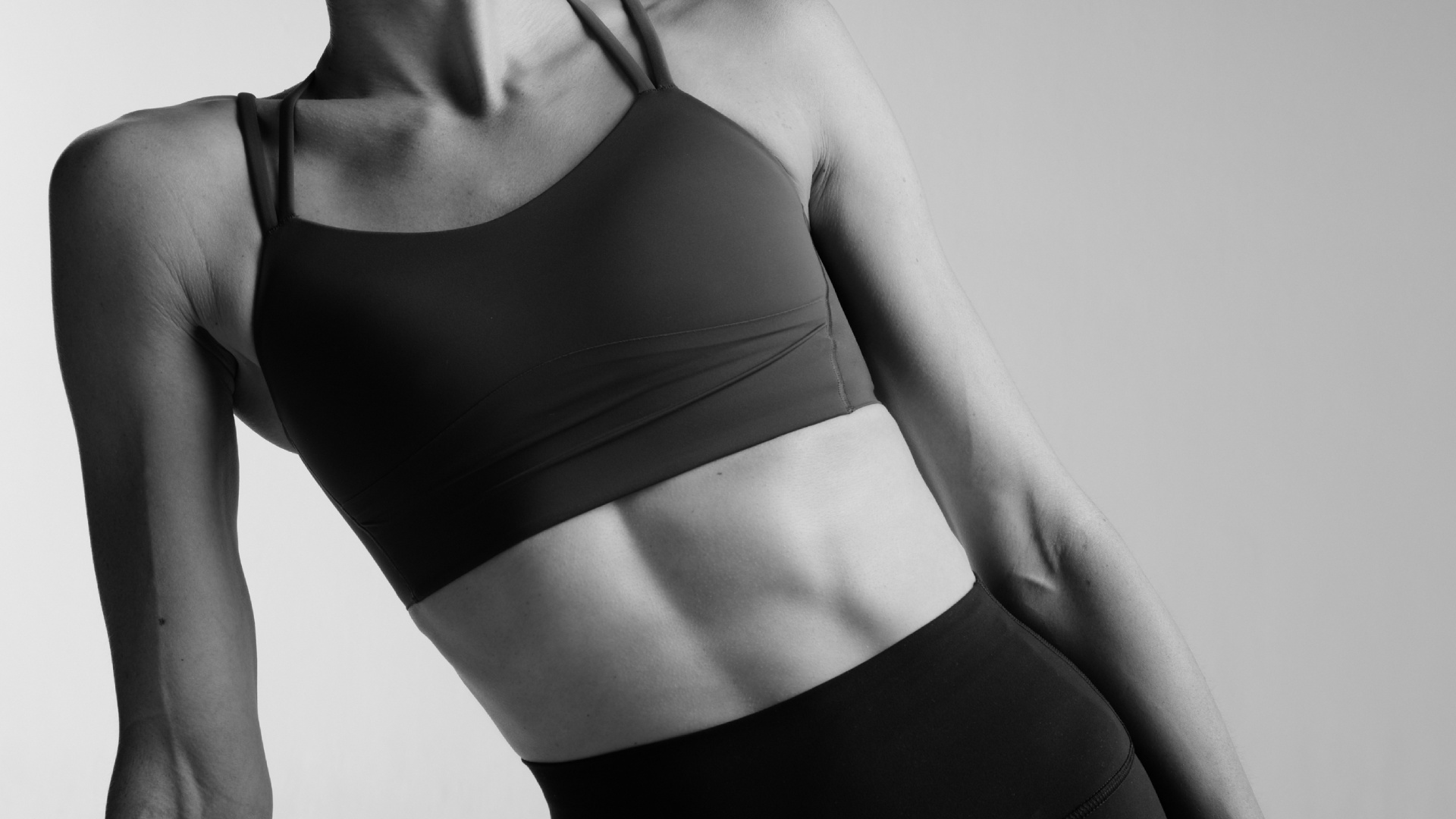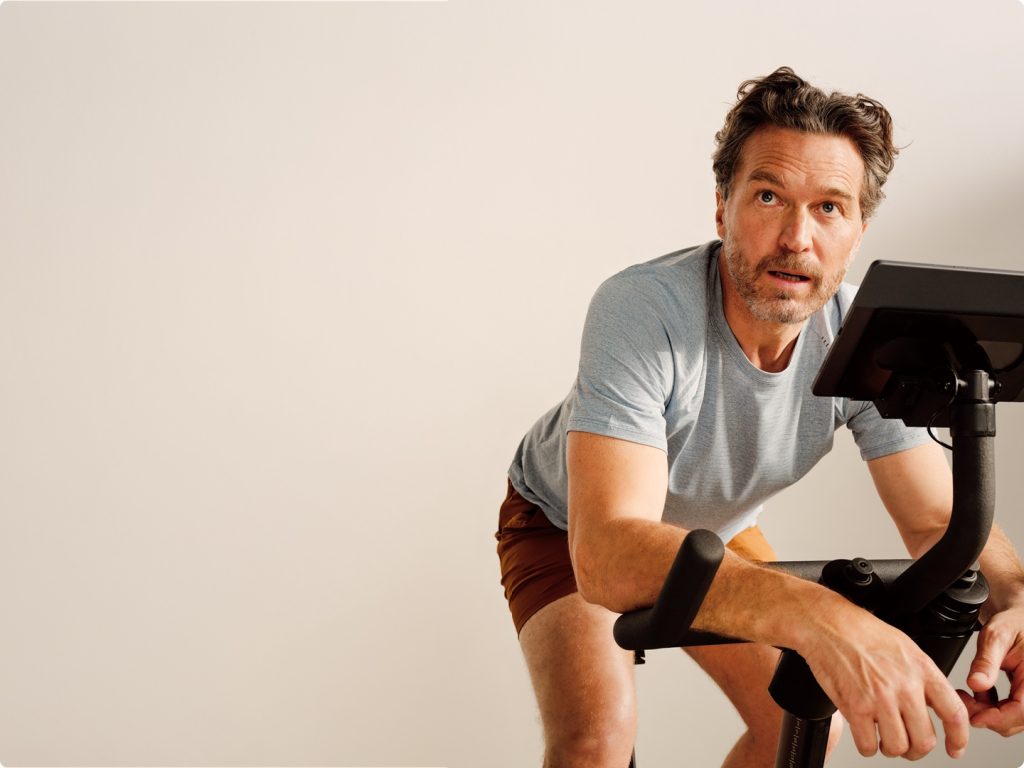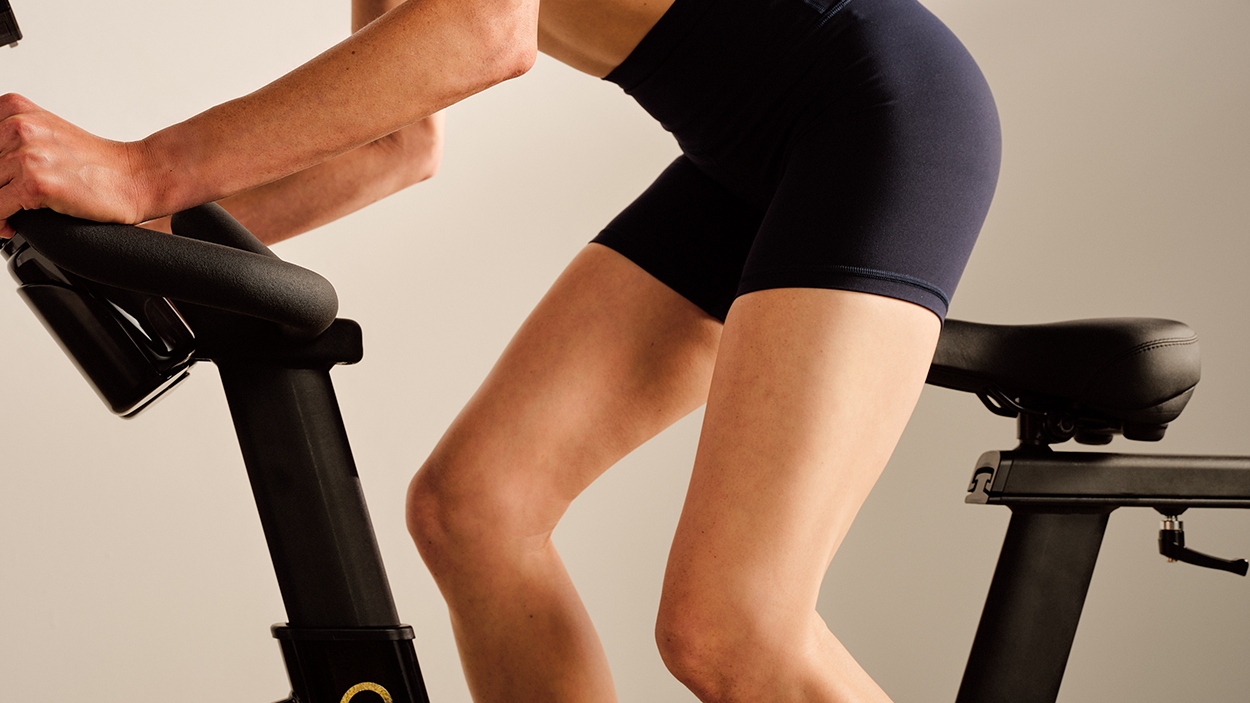Shedding stubborn belly fat is a formidable challenge, often unresponsive to vigorous workouts and calorie deficits. Effective targeting demands a sustained weight loss plan, dietary adjustments, and consistent exercise to safeguard muscle mass.
Types of belly fat
There are 2 key kinds of belly fat—subcutaneous and visceral—which occupy distinctive spaces within the body. Subcutaneous fat, found beneath the skin, gathers around hips, thighs, and belly. Visceral fat, concealed within abdominal organs, poses a greater health risk. It disrupts metabolism, contributing to hypertension, obesity, high cholesterol, and insulin resistance, elevating the risk of heart disease, stroke, and type 2 diabetes.
Calculate your fat-to-muscle ratio
Tracking the results of your weight-loss efforts on the scale is common but not very accurate. People often rely on the Body Mass Index (BMI) to set their fat-loss goals. BMI is calculated by dividing your weight in kilos by your height in meters squared. A healthy BMI is between 18.5 and 24.9, according to the National Heart, Lung, and Blood Institute.
This indicator can be used as a benchmark but it doesn’t reflect your body composition. If you lose fat and gain muscle mass, your overall body weight will become bigger while your shape becomes “better”. Conversely, losing a lot of weight on a crash diet can be very unhealthy as you lose your muscles and increase the fat percentage in your body.
Using a body fat percentage indicator will give you a much better understanding of how much fat you need to lose. Remember that having too little body fat can be harmful as well as it weakens the immune system.
According to the American Journal of Clinical Nutrition, for people aged 20-39, women should aim for 21-32% of body fat, and men should have 8-19%. For people aged 40-59, women should fall between 23-33% and men should fall around 11-21%.
There are different ways to measure your overall body fat percentage. Dual-energy X-ray absorptiometry (DEXA) scans capture images of the whole body, measuring the absorption of X-ray photons in order to determine a person’s body fat percentage. This is an accurate and reliable way of measuring body fat percentage that can be done in special clinics. Calipers are the easiest way to gather skinfold measurements at home, also referred to as a “pinch test.” However, they only measure subcutaneous fat, not visceral fat. Bioelectrical impedance scales are the most common way of measuring body fat at home. They may not be as accurate as scientific equipment but are much cheaper and more practical for daily use.
When you know how much excess belly fat you currently have, you can calculate the timeline of your weight loss plan

According to the National Heart Lung and Blood Institute, a healthy BMI is between 18.5 and 24.9.
Fat loss timeline
There are no magic shortcuts when it comes to losing belly fat. Products and supplements hyped to burn belly fat usually aren’t backed by any scientific research, and crash diets only make you gain weight after you finish them. If you lose weight too fast, you may end up having excess skin in your abdominal area which is very hard to get rid of.
The best way to lose belly fat in the long term is to do this by gradually changing your dietary and exercise regimens. CDC recommends keeping your weight loss goal under 0.5-1kg per week or 4kg per month.
While you can start seeing initial results in the first 2 weeks, a sustainable weight loss plan usually takes at least 8 weeks. This timeframe is enough to incorporate new habits into your routine and achieve consistent fat-loss results—without regaining weight.
Weight loss diet
To shed belly fat, cultivate a calorie deficit within a balanced diet. Achieve this by trimming portions and sidestepping certain items. Aim for a daily 500-calorie shortfall, while not dipping below 1,200 calories.
Trim calories by eliminating sugars and refined carbs, like pastries, sodas, and cereals. These prompt energy spikes, followed by hunger surges, fostering fat accumulation. Avoid saturated fats found in fast food and fried products, as they raise calories and cholesterol. Alcohol is another source of empty calories which interferes with absorption of other nutrients so its consumption needs to be reduced or completely avoided.
A healthy diet relies on protein, unsaturated organic fats, and complex carbs as the main sources of energy. A high-protein diet has been shown to be an effective and safe tool for body weight reduction that can prevent obesity and obesity-related diseases. According to studies, it decreases appetite-regulating hormones contributing to longer satiety. Protein is the main building block for maintaining lean muscle mass which may be at risk on a low-calorie diet. Preserving your muscle mass helps you maintain your resting metabolic rate at the same level despite weight loss and avoid the “yo-yo” dieting effect. For efficient belly fat loss, you need to receive up to 30% of your energy from protein sources.
Unsaturated fats and complex carbs take more time to digest and provide the body with a stable gradual supply of energy. They help you avoid a sharp spike of blood glucose in your blood followed by frequent feelings of hunger reducing overall calorie intake.
Exercise for losing belly fat
High-Intensity Interval Training (HIIT) and resistance training are the 2 types of workouts that you need to focus on for effective belly fat loss.
HIIT induces a greater fat-burn process compared to traditional cardio training. Research compared 2 groups of people completing 20 weeks of endurance training and 15 weeks of HIIT. Surprisingly, HIIT, with its lower energy consumption, led to a more significant reduction in subcutaneous fat compared to endurance training.
Further evidence comes from a study in the Journal of Strength and Conditioning Research, which compared calories burned during HIIT, resistance training, and steady-state aerobic sessions of equal length. Remarkably, HIIT outshined other forms, burning 25–30% more calories.
High-intensity intermittent exercise triggers a profound “oxygen debt,” fueling an intensified post-workout calorie burn known as excess post-exercise oxygen consumption (EPOC). This EPOC effect, unfolding in the hours post-training, burns additional calories.
HIIT can also lead to hormonal shifts. It boosts insulin sensitivity and fosters the release of human growth hormone (HGH). Elevated insulin levels contribute to obesity, while HGH promotes fat reduction and muscle growth.
To avoid muscle loss while shedding calories, integrate resistance training. More muscle mass facilitates reducing belly fat as it increases your resting metabolic rate and helps to burn more calories during EPOC. According to studies, a combination of resistance and aerobic training causes greater belly fat loss and cortisol level improvements than aerobic exercise alone.
However, don’t pin all hopes on abdominal exercises like crunches or sit-ups. Despite their muscle-toning benefits, a study revealed that 6 weeks of targeted ab workouts didn’t yield enhanced abdominal fat loss. These exercises are great for sculpting muscles and enhancing endurance, but they aren’t the secret to shedding belly fat.

Research shows that HIIT induces a greater fat-burn process compared to traditional cardio training.

To avoid muscle loss while shedding calories, you should integrate resistance training in your fat-loss program.
REHIT
Reduced Exertion HIIT (REHIT) is the next generation of HIIT. Developed by scientists looking for the shortest, most effective way to exercise, REHIT gives you superior health and fitness benefits of regular exercise—in 90% less time.
It is based on research that has shown that 2×20-second all-out sprints are enough to deplete up to 30% of the body’s glycogen stores and trigger metabolic changes that increase calorie afterburn. In just 5 minutes, REHIT burns 2x as many calories per minute as a regular treadmill run. 66% of calorie-burning with CAROL happens during an intense EPOC after your workout, maximizing your metabolism. The results of an 8-week study showed that REHIT elicited more potent, time-efficient improvements in body fat loss when compared to traditional training.
CAROL Bike is the only bike fully optimized for REHIT—making it easy, effective, and safe. Its AI automatically tailors resistance levels so that you hit your personal maximal capacity during each ride.
Combining balanced eating and regular exercise can aid in reducing belly fat and lowering risks of obesity-related health issues, including type 2 diabetes, heart stroke, and high blood pressure.

Got a question? Let's book a call.
All our experts have MSCs in Exercise Science, and they’re here to answer your questions. Whether it’s about the science behind CAROL Bike, or general fitness advice, whatever’s on your mind—we’re here for you.


